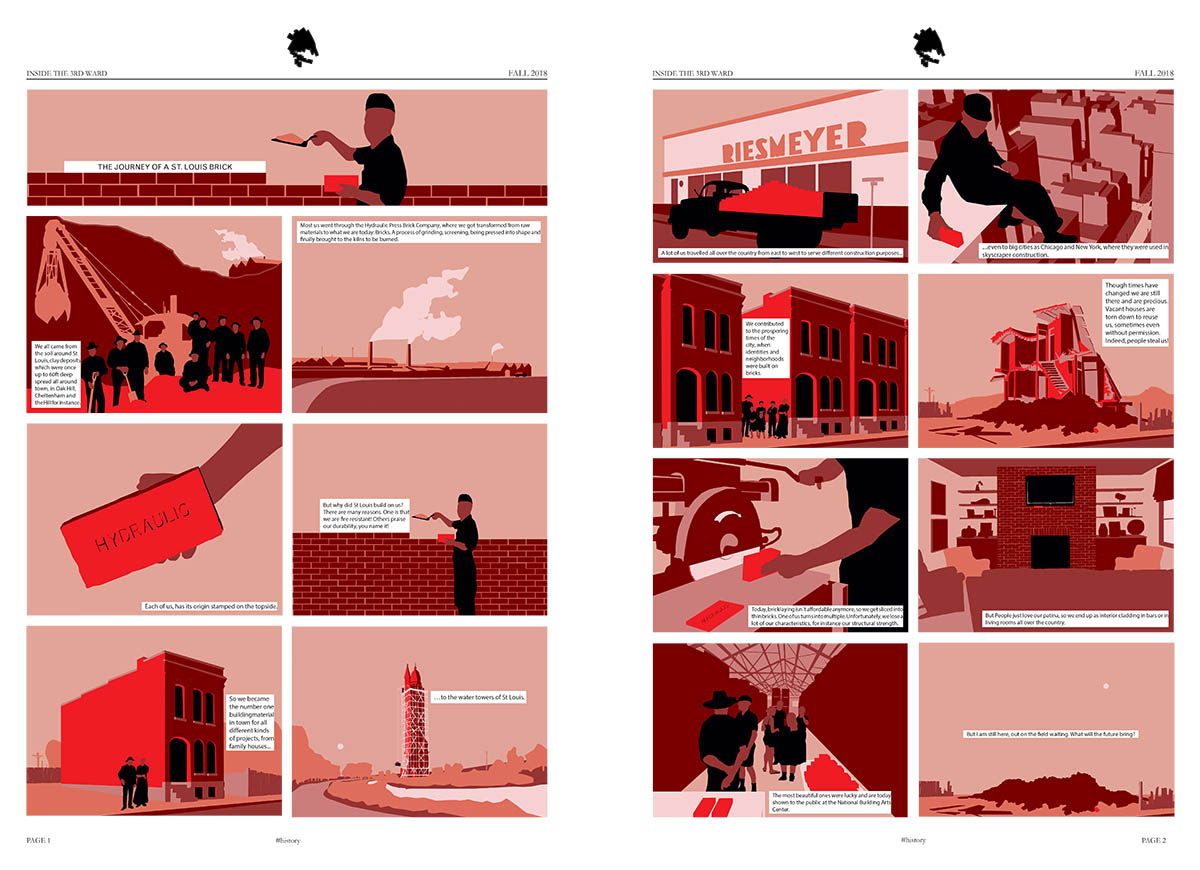The New Selma
More than three years have passed since a white police officer in the St. Louis suburb of Ferguson shot and killed an unarmed black 18-year-old named Michael Brown. In that time, the protests that followed the shooting—which catalyzed the Black Lives Matter movement—have evolved into a powerful, grassroots resistance. As the activist Rev. Clinton Stancil recently put it, "St Louis is the new Selma," the new center of the ongoing struggle for civil rights and equality.
While reforming discriminatory police practices remains a primary goal of this struggle, activists are increasingly looking for ways to reform the discriminatory way in which we plan, design, and manage cities, especially in the light of numerous autopsies of the Ferguson uprisings that cite uneven development as major factors of Ferguson's unrest.
Nowhere is uneven development more evident than in St. Louis’s 3rd Ward. Composed of the northeast neighborhoods of JeffVanderLou, St. Louis Place, Hyde Park, College Hill, Fairground Neighborhood, and O'Fallon, the 3rd Ward—which is 94 percent African American— has some of St. Louis’s lowest home values, lowest life expectancies, and highest poverty rates. Physically, block after block after block appear abandoned. But if the 3rd Ward is lacking in population, economic development, and basic social services, it is not lacking in pride, energy, and hope. Indeed, the 3rd Ward is home to a robust (and youthful) network of black artists, activists, and community-based organizations who are working together to build a healthier, more equitable 3rd Ward.
This interdisciplinary studio invites students from all departments to work closely with these community leaders to think boldly about how architecture, landscape architecture, urban planning, and urban design can help build this future for the 3rd Ward.
Early in the semester, we will work together to create a community newspaper about the 3rd Ward. The idea is to create a fun, engaging, and accessible volume of diverse visual content (primarily visual) about the community’s history, people, and land use, as well as summaries / analyses / opinions of issues that we deem relevant during the course of our research. Students will also work together to create a community engagement campaign whose goal will be to solicit feedback from 3rd Ward community members in a meaningful (and fun) way. A major part of this campaign will be the creation of community engagement artifacts (interactive models, games, etc.) that we will deploy on our field trip.
Following the field trip, students will spend the bulk of the semester working on two assignments concurrently: 1) a framework plan for the Ward that uses insights from our community engagement campaign to outline recommendations for the Ward, and 2) individual priority projects that develop one of the plan’s recommendations. Priority projects can range from the design of individual buildings (housing typologies, community centers, educational facilities, retail, etc.), to the design of neighborhood and block typologies, to the design and planning of public spaces, transportation networks, and so on. As there are a myriad of ways in which architects, landscape architects, urban planners, and urban designers can intervene here, these priority projects are expected to be very diverse.
A field trip to St. Louis is planned.
Projects
-

STL Brick Bank
Daniel D'Oca, Instructor
Fall 2018